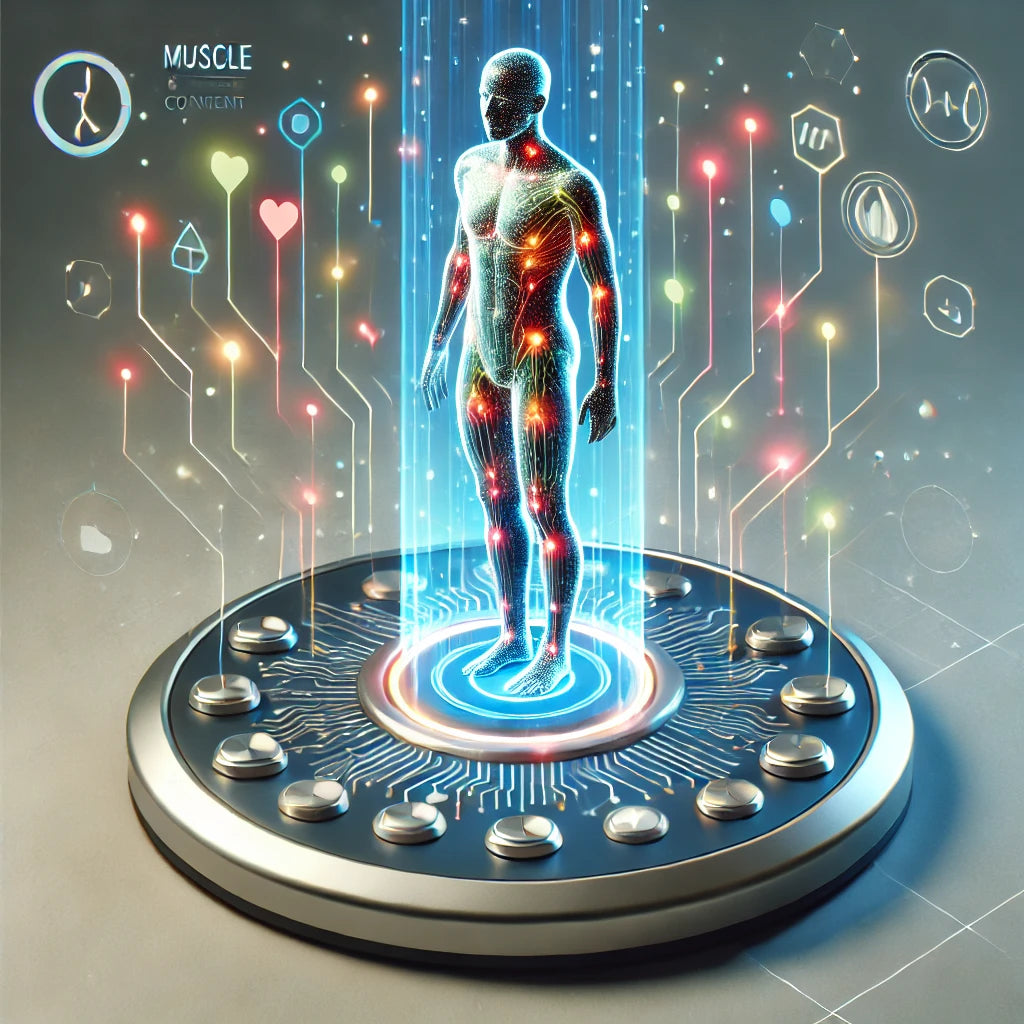News
Strengthening Family Bonds: Coping with Schizophrenia Together
caregiving community support coping strategies crisis management family bonds family resilience family support family trust managing schizophrenia mental health mental health awareness mental health resources mental illness open communication professional help schizophrenia schizophrenia symptoms self-care stigma reduction support groups
Coping with schizophrenia as a family can feel like navigating uncharted waters. While the condition often presents complex challenges, it also opens a door to strengthening family bonds through mutual support, empathy, and understanding. The journey of living with schizophrenia is not one that anyone has to face alone. With the right resources, a well-informed support system, and shared resilience, families can turn adversity into an opportunity to grow closer.
This article will explore practical strategies for creating a nurturing and supportive environment for families dealing with schizophrenia. By addressing topics such as understanding the condition, open communication, self-care, and professional interventions, we aim to empower families with tools to cope and thrive together. Let’s dive into the ways families can transform the challenges of schizophrenia into a pathway for deeper connection and collective growth.
Navigating the Dream World: Understanding Hypnagogic Hallucinations
dream awareness dream state hypnagogia hypnagogic hallucinations lucid dreaming mental health and sleep REM sleep sleep disorders sleep health sleep hygiene sleep paralysis sleep science sleep stages sleep transitions understanding dreams vivid dreams
The transition between wakefulness and sleep can often feel surreal, and for some, it’s marked by vivid and sometimes startling experiences known as hypnagogic hallucinations. These sensory phenomena occur as the brain shifts into a dream state, blurring the boundaries between reality and imagination. While they can be fascinating, they can also be disorienting or even unsettling for those who experience them.
In this article, we’ll explore the intriguing world of hypnagogic hallucinations, uncover their causes, discuss common types, and provide tips for managing them. By understanding this unique state of consciousness, you can better navigate the dream world and gain insight into your own sleep patterns.
The Fear of Fear: Understanding Agoraphobia
agoraphobia agoraphobia symptoms agoraphobia treatment anxiety disorders fear of fear managing anxiety mental health mental health awareness overcoming fear panic attacks
Agoraphobia, often misunderstood as merely a fear of open spaces, is a complex anxiety disorder that affects how people navigate the world. For those who live with it, everyday activities can become fraught with fear, making normal routines feel insurmountable. The experience is not just about physical spaces—it’s about the overwhelming fear of experiencing fear itself.
At its core, agoraphobia revolves around the anticipation of panic attacks and the distressing sensations that accompany them. This often creates a cycle where individuals avoid situations or environments that might trigger these feelings, leading to isolation and diminished quality of life. Understanding the nature of agoraphobia is crucial to breaking this cycle and paving the way to effective treatment and recovery.
What is Bioelectrical Impedance Analysis (BIA)?
BIA BIA devices Bioelectrical Impedance Analysis body composition body fat measurement body fat percentage electrical currents fat mass fitness monitoring fitness technology health assessment health innovation health tracking hydration analysis lean mass lean muscle mass medical tools muscle mass personalized wellness water content wellness tools
Bioelectrical Impedance Analysis, commonly referred to as BIA, is an innovative method used to measure body composition, providing insights into fat mass, lean body mass, and water content. With the growing interest in health and fitness, BIA has become a popular tool among individuals looking to track and optimize their wellness journey. Whether you're an athlete, a healthcare professional, or just someone interested in improving your lifestyle, understanding BIA can unlock new possibilities in body analysis.
Unlike traditional weighing scales, which only measure total body weight, BIA offers a detailed breakdown of what makes up that number. By using safe, low-level electrical currents, BIA devices analyze how electricity travels through different tissues in the body. This data is then translated into an easy-to-understand report that sheds light on your overall health and fitness levels.
Navigating the Challenges of Huntington's Disease: Support for Families and Caregivers
caregiver stress caregiving coping strategies family support Huntington's disease Huntington's symptoms Huntington's treatment mental health neurological disorders support for families
Huntington's disease (HD) is a progressive neurological disorder that profoundly impacts individuals diagnosed with the condition, as well as their families and caregivers. Characterized by physical, cognitive, and emotional symptoms, HD presents a unique set of challenges that evolve over time.
Caring for someone with Huntington's requires not only medical knowledge but also emotional resilience and practical strategies. As families navigate this journey, understanding the disease and utilizing available resources can ease the burden and foster a supportive environment for all involved.





